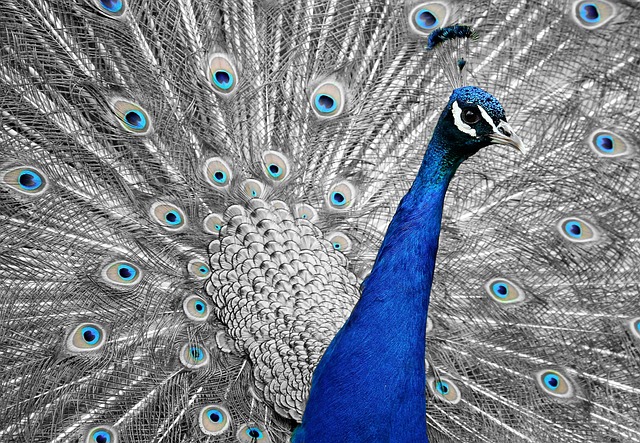The concept of contour has long been a fundamental aspect of drawing, serving as the invisible thread that weaves together the fabric of fine arts and culture. When we think of contour, we often envision the graceful lines that define a figure, an object, or a landscape. These lines are not merely outlines; they are expressive marks imbued with emotion and intention, guiding the observer’s eye through the intricacies of the artwork.
In fine arts, contour lines can evoke a spectrum of feelings. From the gentle curves of a woman’s silhouette in a classical painting to the jagged edges of a modern abstract piece, the way artists use contour can create dynamic dialogues within the canvas. Artists like Henri Matisse and Egon Schiele excelled at using contour to convey not just form, but emotion, capturing the essence of their subjects in a way that transcends mere representation. Their mastery demonstrates that a single line can tell a story, inviting viewers to engage with the artwork on a deeper level.
Throughout various cultures, contour drawing has held its significance, adapting to the context and traditions of different societies. In Japanese ukiyo-e prints, for instance, contour plays a pivotal role in representing beauty and harmony in nature. The flowing lines of cherry blossoms or the silhouette of a geisha carry a timeless elegance that invites appreciation and introspection. As we explore global art traditions, we uncover how contour is both a universal language and a unique expression of cultural identity.
The art of contour extends beyond fine arts; it permeates everyday life and culture, influencing fashion, graphic design, and architecture. Designers often utilize contour lines to create visually striking garments that flow gracefully with the body’s curves, while architects might employ similar principles to develop structures that harmonize with their surroundings. The meticulous attention to contour in these fields illustrates its vital role in shaping contemporary culture.
Moreover, contour drawing serves as a meditative practice for artists and enthusiasts alike. The act of focusing solely on the lines and shapes before us can provide a sense of clarity and mindfulness. Whether you are sketching a still life or the lively figures of a bustling street, the process invites you to connect with the moment and appreciate the beauty around you. This engagement fosters a deeper understanding of the world and an appreciation for the artistry in everyday encounters.
In learning the art of contour, aspiring artists are encouraged to let go of the notion of perfection. Instead, embrace the spontaneity that comes with each stroke of the pencil. Every line, however imperfect, contributes to the vibrancy of the work, celebrating the beauty of individuality. This approach not only cultivates skill but also nurtures a personal connection to art, transforming the act of drawing into a lifelong journey of exploration.
As we explore the contours of art and culture, we are reminded of the importance of lines in our lives. They frame our experiences, guide our perceptions, and shape our interactions with the world. By embracing the art of contour, we not only celebrate the beauty inherent in artistic expression but also the diverse cultural narratives that continue to influence and inspire us.




